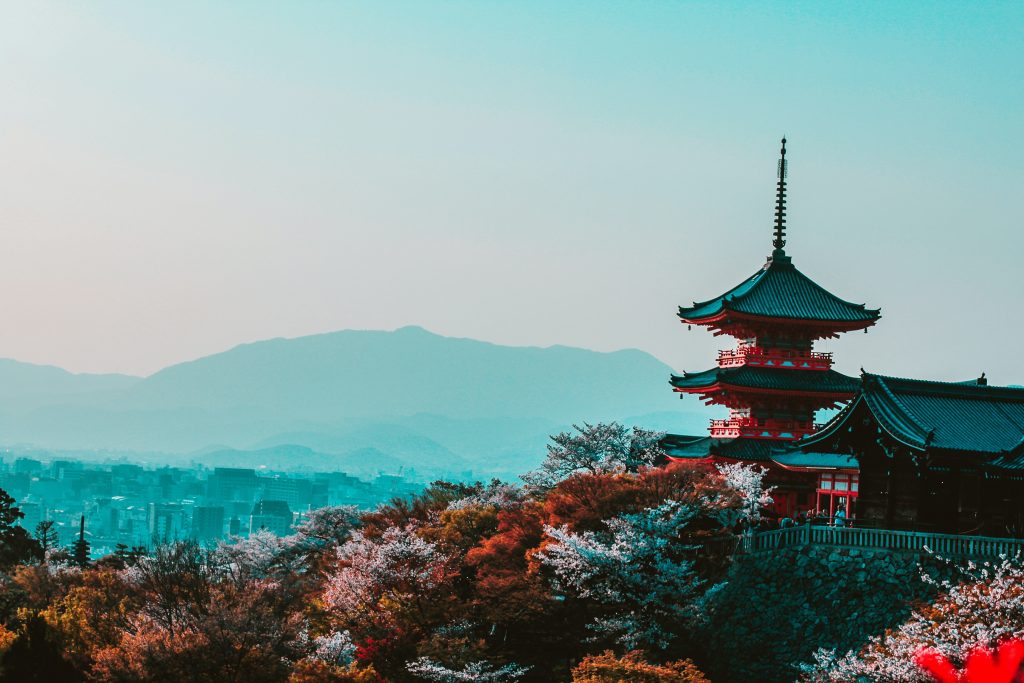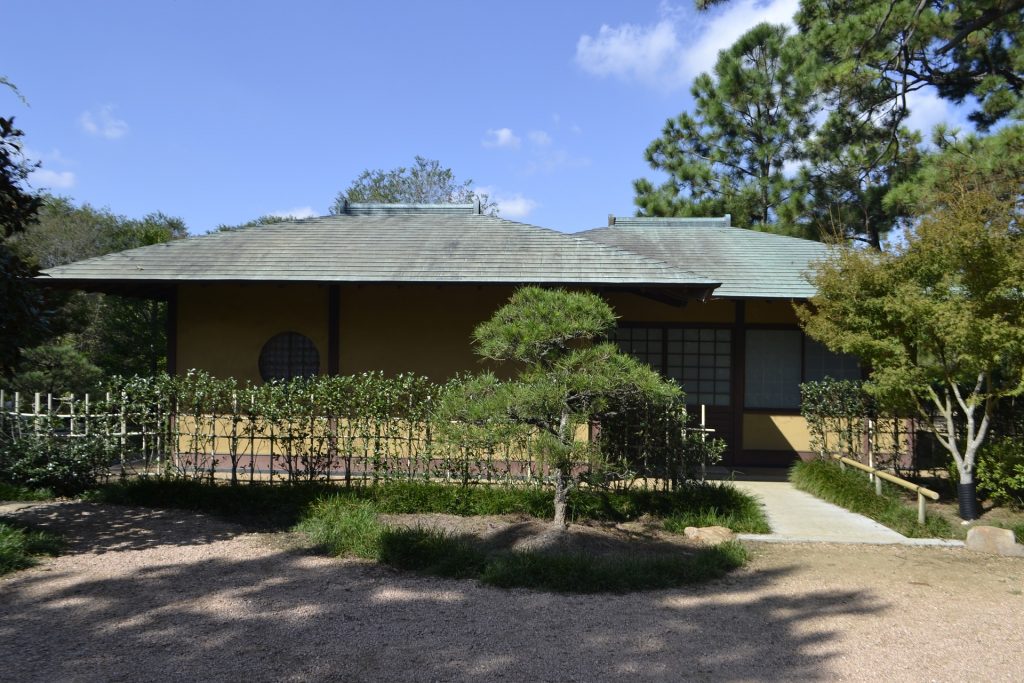A Living God
by Patrick Lafcadio Hearn (Koizumi Yakumo)
A Living God story illustrates a crucial event in the life of Goryo Hamaguchi (1820-1885), the current Yamasa Corporation’s owner, who stood firm on numerous important political and regulatory footings in Japan. In 1854, Hamaguchi rescued many lives in Hirogawa, Wakayama, when a massive tidal wave wreaked havoc on the promontory. Following the wave, Hamaguchi used his own money to construct a 600-meter defensive barrier with a width of 20 metres and a level of five metres, limiting the damage caused by subsequent tidal waves. He, too, worked in the field of training and established a secure foundation for learning Japanese fencing and Chinese painting. According to Shintoism, the traditional Japanese faith, kami, or sanctified spirits, manifest themselves as life-giving elements such as wind, rain, mountains, trees, and so on. People are also adored as kami and are cherished when they pass away. The accompanying story informs us about one such man, Goryo Hamaguchi, who became a living God as a result of his acts of kindness.

On June 27, 1850, Patrick Lafcadio Hearn also known by his Japanese name Koizumi Yakumo, was born on the Greek island of Levkás. He was a multilingual essayist, interpreter, and columnist who could write in English, Greek, and Japanese. His father was an Irishman who served in the British armed forces as an official specialist, and his mother was Greek. Hearn studied in Ireland and England before returning to the United States to work as a journalist. Hearn was dispatched to the French West Indies in 1887 and then to Japan in 1890 while writing for Harper’s Magazine. He quit his job and relocated to Japan, adopting the name Koizumi Yakumo. He was an instructor of English writing at the Imperial University of Tokyo from 1896 until 1903. He studied Japanese culture from top to bottom and embraced the Japanese way of life wholeheartedly.
Exotics and Retrospective (1898), In Ghostly Japan (1899), Shadowings (1900), A Japanese Miscellany (1901), and Kwaidan (1904) are among his best-known works, along with a variety of other themes that earned him acclaim in both Japan and the West. He educated the world about Japanese traditions, religion, and writing through his works. The present story is from his book Gleanings in Buddha-Fields (1897).

Individuals have had to deal with cataclysmic catastrophes such as floods, seismic tremors, tidal waves, and other natural disasters from the dawn of time. The tidal wave that hit India’s southern shores in late 2004 shattered the lives of thousands of people. Japan is a country where torrential rains and earthquakes occur on a regular basis. In this story of Hamaguchi, we learn how, on occasion, people may face horrific events by being prepared. The story references to an old Japanese ritual. Certain persons were venerated while still living by having sanctuaries built for their spirits, and were treated as divine creatures as a result of their extraordinary acts of consideration, boldness, and so on, according to Shinto rigid norms.

The story continues with an episode in Hamaguchi’s life. He was an elderly man and the major inhabitant (muraosa) of the town where he lived at the time of the incident. He carried out the duties of the town’s headman, answering questions from the populace and ensuring the town’s rule of law. Along these lines, he was highly appreciated. His house was on a bluff overlooking the sea. The town was located on the water’s edge. From Hamaguchi’s house, he could view the town. His relatives had gone to the town for a festival one night. Hamaguchi was in poor health and chose to stay at home with his ten-year-old grandson. He felt a quake while observing from his gallery, but seismic tremors were common in his area, and many were unconcerned about minor tremors. Regardless, Hamaguchi thought it was a strange seismic tremor. He assumed it was a long, leisurely, supple movement originating from really far away submerged activities in the ocean. He had the impression that something unusual was going on. When he looked out at the ocean, it had turned dull out of nowhere, and the water was separating from the land. There was an astonishing ebb, a decreasing tide, that sprang out of nowhere. Residents noticed this as well, and they dashed to the beach to take in the new spectacle.

Hamaguchi had never seen anything like it. He sensed the onset of a wave. Despite this, he was unable to communicate with the locals. The ringing of the enormous bell in the sanctuary used to scare the people. Hamaguchi lacked the opportunity and the willpower to expose the town minister at the time. He summoned his grandson and asked him to provide a consuming light. He then proceeded to his fields, where he had several rice-stacks stored. This rice was grown on his land, and he had spent the majority of his money on harvesting it. It was about to be delivered to the market. Hamaguchi used the light to illuminate all of the rice-stacks, creating a massive conflagration that should have been visible from the town below. His grandson couldn’t understand why he had set fire to his entire harvest. When the locals noticed the fire in the fields, they raced over to it, where Hamaguchi was waiting for them. He encouraged them to let it eat itself. When a sanctuary coworker noticed it, he rang the massive ringer to alert the villagers. The vast bulk of the town’s residents arrived at the location rather quickly. His grandson, who was crying at the time, informed them that granddad had set fire to the house and that he was devastated. Hamaguchi agreed that he had set fire to the yield and checked to see if all of the occupants had arrived. The villagers couldn’t understand why he was doing what he was doing. Then, at that time, he indicated the ocean, where a massive wave was approaching.

The settlement was completely destroyed in a matter of minutes. Nonetheless, because they were in a strategic place, all of the villagers were saved. Hamaguchi had set fire to his property in the hopes of attracting the attention of the townspeople. He couldn’t have given a damn about his crop. He only needed to save the lives of his fellow citizens. He had become destitute as a result of the fire. Nonetheless, he invited everyone to stay in his house, which was the town’s major residence. The sanctuaries on the slope were also guarded. The residents of the town might take refuge in these two locations. Outside help could not arrive quickly in those days, and it took the inhabitants a few days to recover from their sorrow. They began to revere Hamaguchi as a divine being because it was only through his penance that their lives were saved. They declared him a divine entity and dubbed him Hamaguchi Daimyojin, the living God, from then on. Indeed, his shelter is still in town, and the ranchers seek courage and bravery from his soul.
The story of Hamaguchi is a testament to good deeds and common sense. Hamaguchi speaks to those who do not need their money to be invested discreetly. It teaches us that by using our wits, we can protect ourselves from disasters. Magnanimity’s soul is a remarkable characteristic. Hamaguchi was declared a living God because of his activities, which earned him the respect of the people.

